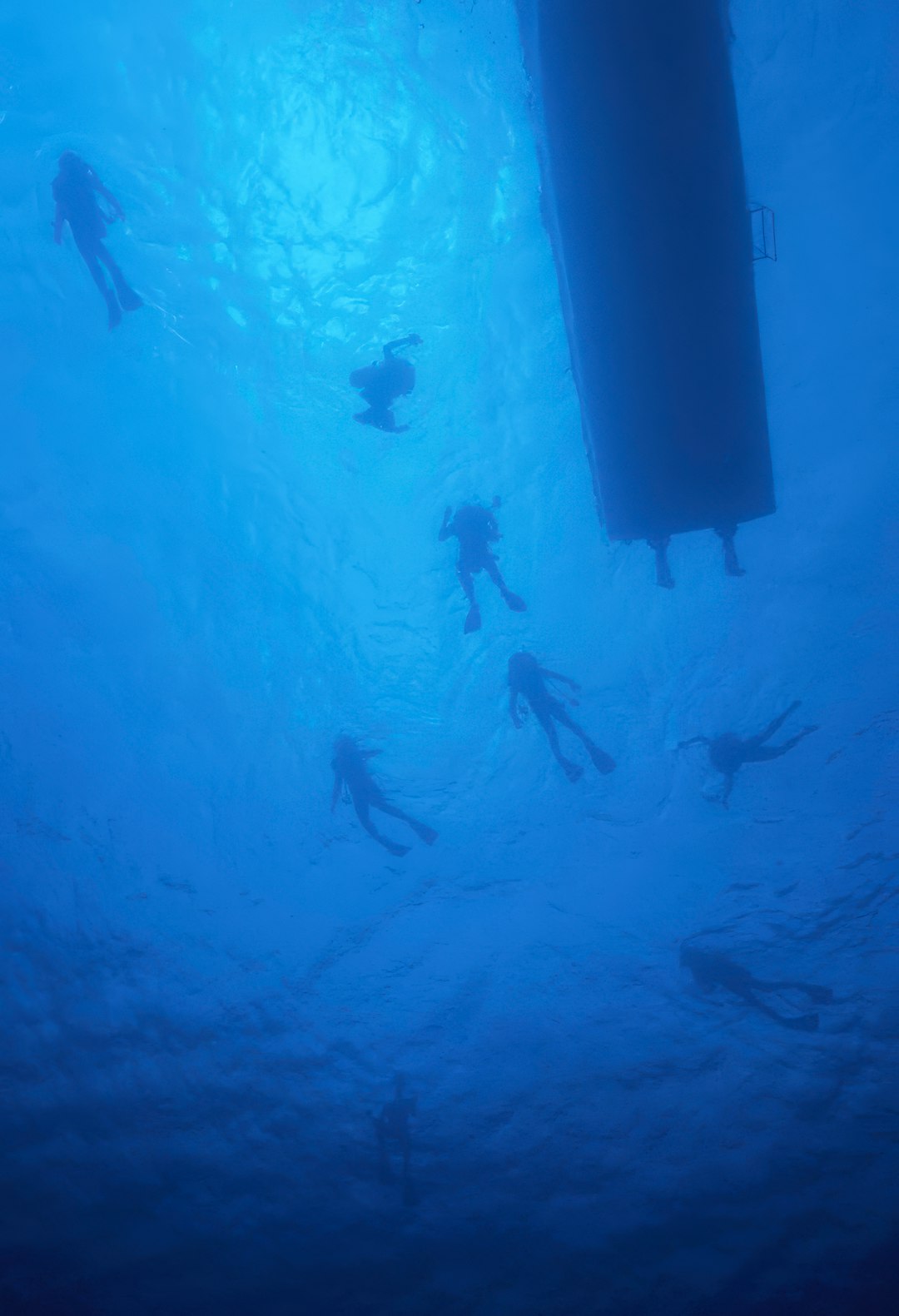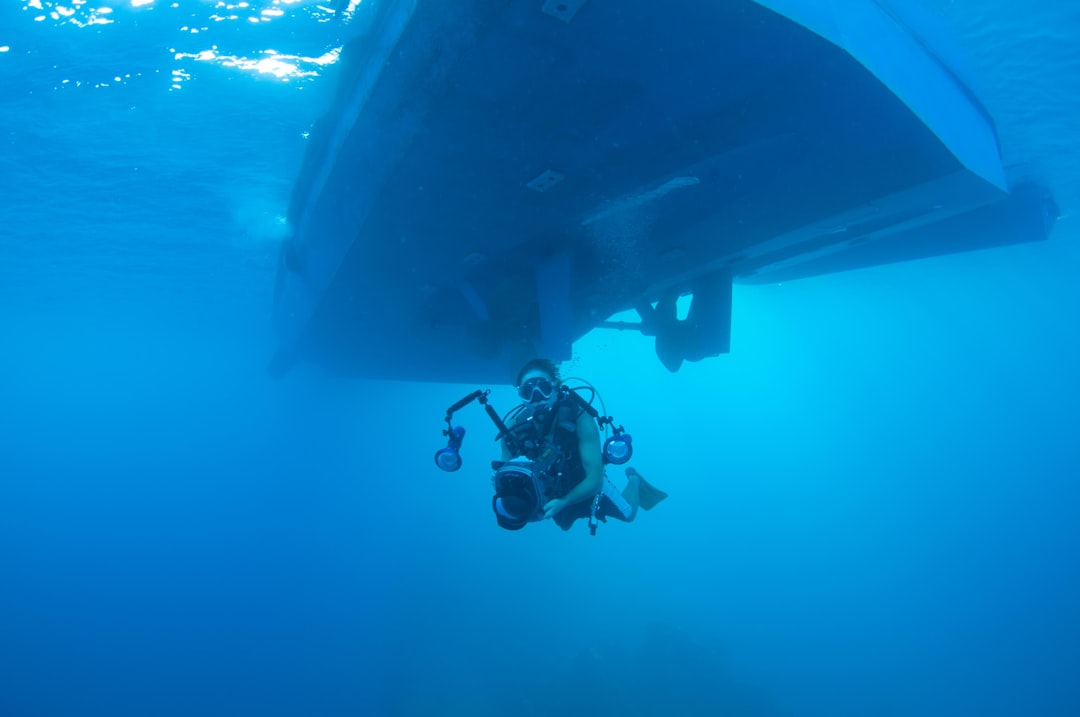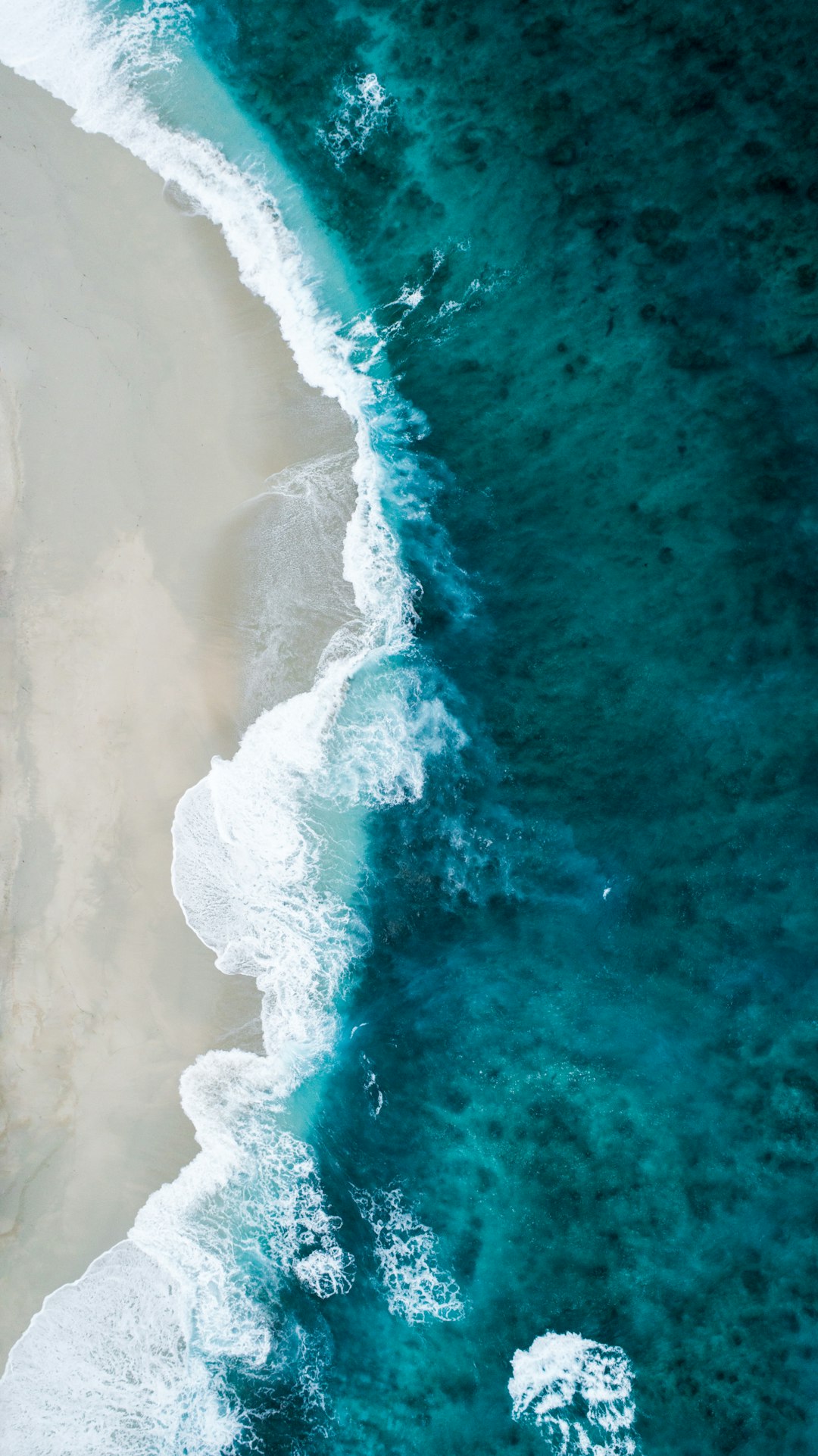If you’ve browsed the quirky corner of the internet that is Neal.fun, you’ve probably found yourself delighted, confused, and highly entertained by its array of interactive web experiments. One of the most intriguing mini-games hosted there is “The Deep Sea”, where users scroll down into the abyss, encountering bizarre and fascinating sea creatures, submarines, and at curious depths—humans. This might prompt the question: how do you get a human to appear in Neal.fun? Surprisingly, there’s more to it than just scrolling endlessly.
This article will walk you through the entire process of encountering human beings in Neal.fun’s “The Deep Sea,” along with extra context, fun facts, and why this little detail is more than just Easter egg hunting.
The Deep Sea: An Internet Time Machine
Neal Agarwal, the creative mind behind Neal.fun, specializes in building interactive sites that both teach and entertain. “The Deep Sea” is a vertical scroll experience that shows creatures and human innovations at various ocean depths. From jellyfish at 100 meters deep to the eerie silence of 10,000 meters, it’s a dive into the unknown—literally. But mixed in among the wildlife and marine anomalies are cameos by humans, and many visitors miss them.

So, How Do You See a Human?
To put it simply: just keep scrolling. But if you want specifics, here’s a step-by-step approach:
- Open “The Deep Sea” on Neal.fun.
- Start scrolling downward. You’ll begin at sea level and the display will show the depth in meters.
- Take note at major depth milestones (100 m, 500 m, etc.). The deeper you go, the rarer human appearances become.
- At around 40 meters, you’ll begin to see free divers and basic scuba divers—this is the first appearance of a human!
- Continue to 332 meters and you’ll encounter Ahmed Gabr, the man who set the world record for the deepest scuba dive.
- At 1,000 meters and beyond, you’ll find specialized submersibles piloted by researchers and explorers.
Humans only appear at various milestones related to actual historical or scientific achievements—and this is what makes their inclusion brilliant. They aren’t just placed randomly; they mark the limits of real-life exploration and human ambition.
Educational Fun Cloaked in Novelty
One of the reasons people love Neal.fun is its unique ability to turn data visualization and education into an adventure. When you come across a human figure in “The Deep Sea,” you’re witnessing a milestone in underwater exploration. For example:
- Ahmed Gabr’s dive to 332 meters in 2014 is still the deepest scuba dive on record.
- The Trieste submersible, navigated by Jacques Piccard and Don Walsh in 1960, appears at over 10,000 meters down—the bottom of the Mariana Trench.

These visual markers provide historical context in an environment where scientific concepts are otherwise difficult to imagine. The deeper you go, the more surreal and alien the environment becomes, making it all the more striking when a figure in a wetsuit or metal submarine shows up.
Why It Matters
The deliberate inclusion of humans in this interactive scroll isn’t just for visual interest—it’s a statement. It emphasizes the fragility and limits of human presence in a world that’s largely inhospitable to us. It also pays homage to the intrepid explorers who dared to descend into these mysterious depths.
Seeing a human at 40m underwater? That’s achievable. But seeing one at 10,928 meters? That’s an historic feat that involved decades of engineering and courage. Between those extremes, Neal.fun illustrates an evolving relationship between humankind and the deep unknown.
Final Thoughts
So the next time someone asks, “How do you get a human in Neal.fun?” you’ll not only know where they are, but also why they matter. It’s less about just “finding” a character and more about appreciating the profound sense of wonder and discovery that underpins every element of that digital dive.
Neal.fun doesn’t just show you data—it immerses you in it. And adding in humans within those depths connects the abstract with the real, turning an interaction into a journey of exploration. You’re not just scrolling. You’re diving.


